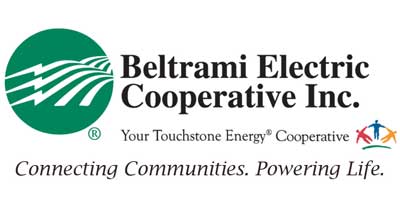Extreme weather results in high energy bills. You may feel helpless, but there are programs available, including the Weatherization Assistance Program (WAP).
What is WAP?
Weatherization reduces energy costs by increasing the energy efficiency and safety of your home. WAP pays for and organizes repairs and upgrades, which save you money upfront and reduce energy bills.
The program provides weatherization services to about 35,000 U.S. household each year. These households save, on average, about $283 a year through lower energy bills.
How does it work?
The U.S. Department of Energy (DOE), your state, your energy company and local community agencies work together to provide the weatherization services.
We begin with no-cost inspections performed by local auditors. Upgrades are made by professional weatherization agencies to make your home healthier, safer and more efficient. The upgrades don't include structural improvements like new roofing, siding or an extra room.
How do I know if I'm qualified?
The DOE and states set income requirements. Generally, that means a household income is less than 200% of the Federal Poverty Income Guidelines. Some states determine eligibility a little differently, based on median state income.
You may be automatically eligible if someone in your household receives Supplemental Security Income (SSI) or Aid to Families with Dependent Children.
How do I apply?
Contact your local Energy Assistance Provider or visit the Minnesota Commerce Department website and fill out an application. It should take about 20 minutes to complete. You'll need to bring some information, including proof of income and basic information about your household.
So, what's next?
Due to eligibility requirements and program funding limitations, filling out the application doesn't automatically mean you'll be approved. If approved, you may be put on a waiting list.
At the start of the repair process, your weatherization agency will send a professional energy auditor to assess your home's energy use.
After the audit, the inspector will meet with you and explain what improvements are recommended and how the crews will conduct the work. Improvements are typically completed in a day or two, and you'll sign off on the final inspection.
